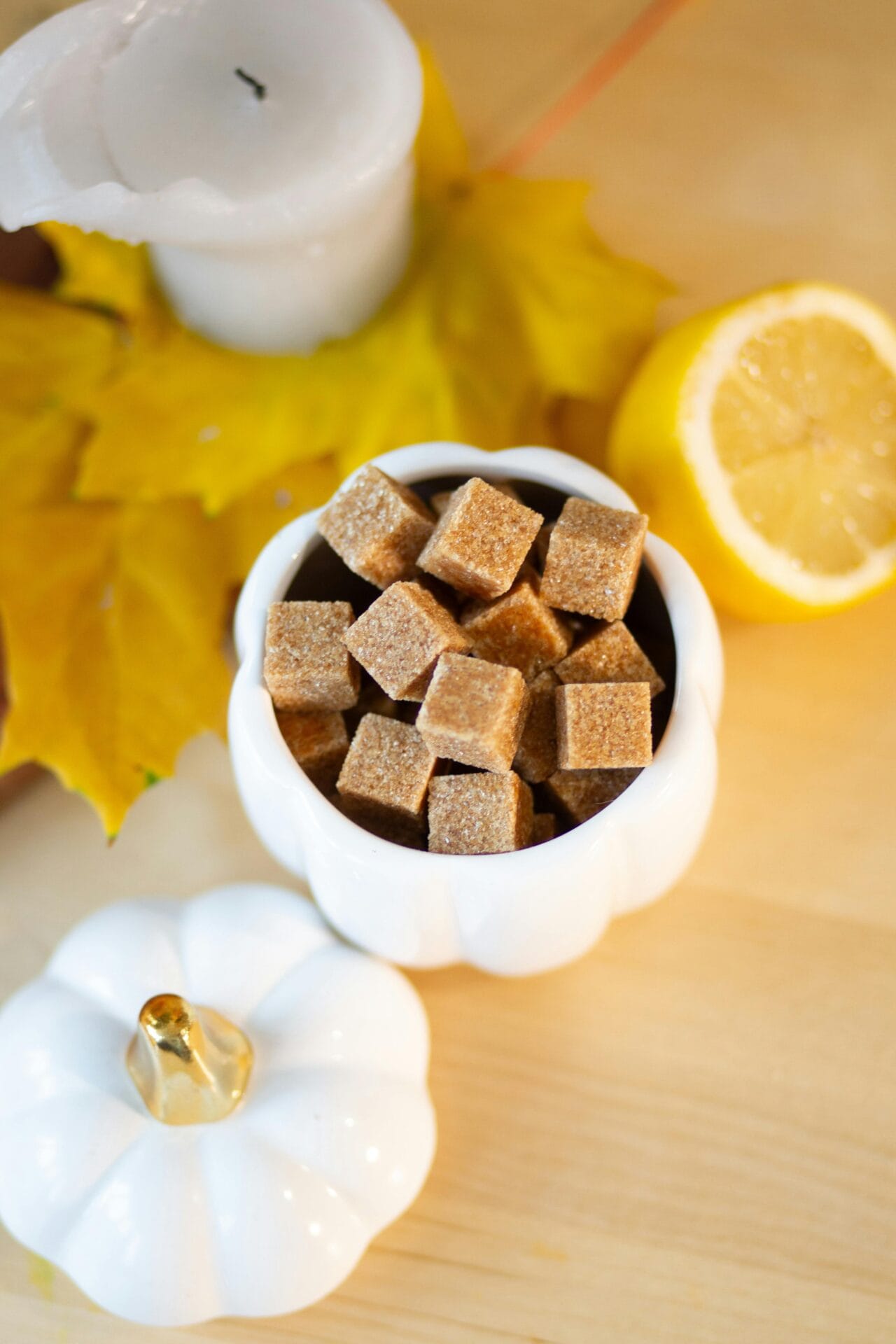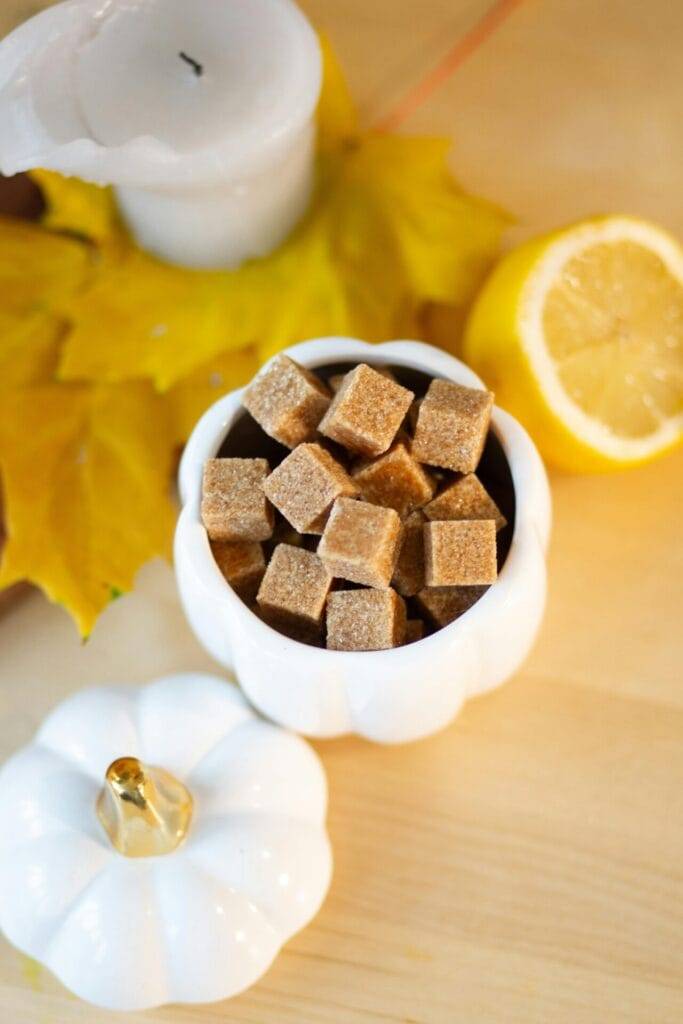The Best Oils To Use With Frying Pans?

What do you think is the most essential ingredient for a perfect frying experience? Many people overlook the importance of choosing the right oil or fat when cooking, but it can significantly impact the flavor, texture, and healthiness of your dish. Let’s unpack this together and find out what the best oils or fats are for frying pans.

Understanding Oils and Fats
When it comes to cooking, oils and fats play a vital role. They not only help in cooking food, but they also influence the taste and healthiness of the meal. Various oils can withstand different temperatures and provide unique flavors.
It’s essential to understand the distinction between oils and fats. Generally, oils are liquid at room temperature and come from plants, while fats tend to be solid at room temperature and can be derived from both animals and plants.
Common Types of Cooking Oils
There’s no shortage of options in the world of cooking oils. Each has a unique profile that can enhance your cooking. Here is a closer look at some common cooking oils.
| Oil Type | Smoke Point (°F) | Flavor | Best Uses |
|---|---|---|---|
| Olive Oil | 320 – 410 | Fruity, Mild | Sautéing, Dressings, Medium Heat Cooking |
| Canola Oil | 400 | Neutral | Frying, Baking, Dressings |
| Coconut Oil | 350 | Sweet, Tropical | Sautéing, Baking, Curries |
| Avocado Oil | 400 – 520 | Mild, Buttery | High-Heat Cooking, Dressings |
| Grapeseed Oil | 420 | Light | Frying, Baking |
| Peanut Oil | 450 | Nutty | Frying, Asian Dishes |
| Sesame Oil | 350 – 420 | Nutty | Stir-Frying, Dressings |
The Importance of Smoke Point
Understanding smoke points is crucial when selecting oil for frying. The smoke point is the temperature at which the oil begins to smoke and break down, producing harmful compounds and unpleasant flavors. Choosing an oil with a higher smoke point is advisable for high-heat cooking methods like frying.
The Best Oils for Frying
You might be wondering, which oil is the best for frying? The answer often depends on your specific needs, but let’s go through some options that shine when it comes to frying in a pan.
Olive Oil
Olive oil is beloved in many kitchens. With a range of flavors varying from fruity to grassy, it can amplify the taste of your dishes. While extra virgin olive oil has a lower smoke point, refined versions can stand up to higher temperatures. Olive oil is perfect for sautéing vegetables and frying fish.
Canola Oil
Canola oil is your versatile friend in the kitchen. Its neutral flavor makes it suitable for various dishes without altering their taste. With a high smoke point, it’s excellent for frying and baking. Additionally, it’s low in saturated fat, adding a healthful touch to your meals.
Avocado Oil
Avocado oil is gaining popularity for good reason. It has one of the highest smoke points, making it ideal for frying. Its mild, buttery flavor works well with many dishes, even salads. If you’re looking for healthy fats, this oil is high in monounsaturated fats, promoting heart health.
Peanut Oil
If you enjoy Asian cuisine, peanut oil is likely on your radar. With a high smoke point and a distinctive nutty flavor, it’s fantastic for frying and stir-frying. It can elevate the taste of dishes, especially those that require deeper frying.
Coconut Oil
Coconut oil adds a tropical twist to your dishes. While its smoke point is on the lower side, it can work wonderfully for medium-heat frying. If the flavor fits your dish, using coconut oil can impart a delightful sweetness to your meals.
Fats in Cooking: An Overview
Beyond oils, fats also play a significant role in cooking. Fats such as butter and lard can provide rich flavors that elevate your dishes.
Butter
Butter is a classic choice in many kitchens. With its creamy texture and rich taste, it’s hard to resist. While it has a lower smoke point of around 350°F, combining it with a higher smoke point oil can work wonders. This combination can give you the flavor of butter with the cooking versatility of oil.
Lard
Lard might not be as commonly used today as it once was, but it deserves a mention. Traditionally used in many cuisines, lard adds richness to dishes. With a higher smoke point, it’s excellent for frying. Plus, it’s a source of fat that can lend a certain depth to flavor profiles.
Vegetable Shortening
Vegetable shortening is a blend of different vegetable oils. It has a neutral flavor and is solid at room temperature, making it ideal for certain baking applications. However, its use as a frying fat will depend on personal preferences regarding taste and health.
Health Considerations
While frying can be delicious, it comes with health implications you should consider. Let’s discuss some factors to keep in mind while choosing oils and fats for frying.
Saturated vs. Unsaturated Fats
Understanding the types of fats in your cooking oils is crucial. Unsaturated fats, like those found in olive oil and avocado oil, are generally considered healthier. They can support heart health and reduce the risk of chronic diseases. On the other hand, saturated fats, such as those in butter and lard, should be consumed in moderation as they can potentially raise cholesterol levels.
Using Oils in Moderation
Though oils and fats can enhance your meals, moderation is crucial. Even healthier options can contribute to excess calorie intake. Consider how much oil you’re using when cooking. Sometimes, using less oil or opting for alternative cooking methods like baking or steaming can help maintain a well-rounded diet.
Choosing Organic and Non-GMO Options
If you’re mindful about your food sources, consider choosing organic and non-GMO oils. They might be pricier but could be worth investing in for your health. Oils from organic sources are less likely to contain harmful pesticides or chemicals, making them a safer choice.

Tips for Frying
Once you’ve chosen the right oil or fat for your frying pan, you can execute the frying process to perfection. Here are some helpful tips to keep in mind while frying.
Preheat the Pan
Before adding the oil or fat, make sure to preheat the frying pan. This will help create a non-stick surface, allowing your food to cook evenly and preventing sticking.
Don’t Overcrowd the Pan
It might be tempting to fill the pan with lots of food at once, but overcrowding can lower the temperature of the oil and lead to soggy food. Fry in batches if needed to ensure even cooking.
Monitor Oil Temperature
Using a thermometer can be beneficial when frying, as it helps you keep the temperature at the optimal cooking level. This will help avoid burning your oil and ensure that your food cooks correctly.
Let Food Rest
Allow cooked food to rest on a paper towel after frying. This will help drain excess oil, making your dish less greasy and allowing the coating to remain crispy.
Conclusion
Choosing the right oil or fat can profoundly influence your frying experiences and the final taste of your dishes. With options ranging from olive oil to coconut oil, understanding the specifics of each type makes it easier to select the best fit for your cooking style. Keep in mind the health aspects associated with each choice, and remember that moderation is essential in any diet.
So, as you embark on your next frying adventure, consider this guide and experiment with different oils and fats to enhance your culinary creations. Cooking should be enjoyable, and discovering the best oils for your frying pan is just another step in making delightful dishes you can feel good about. Are you ready to get cooking?


